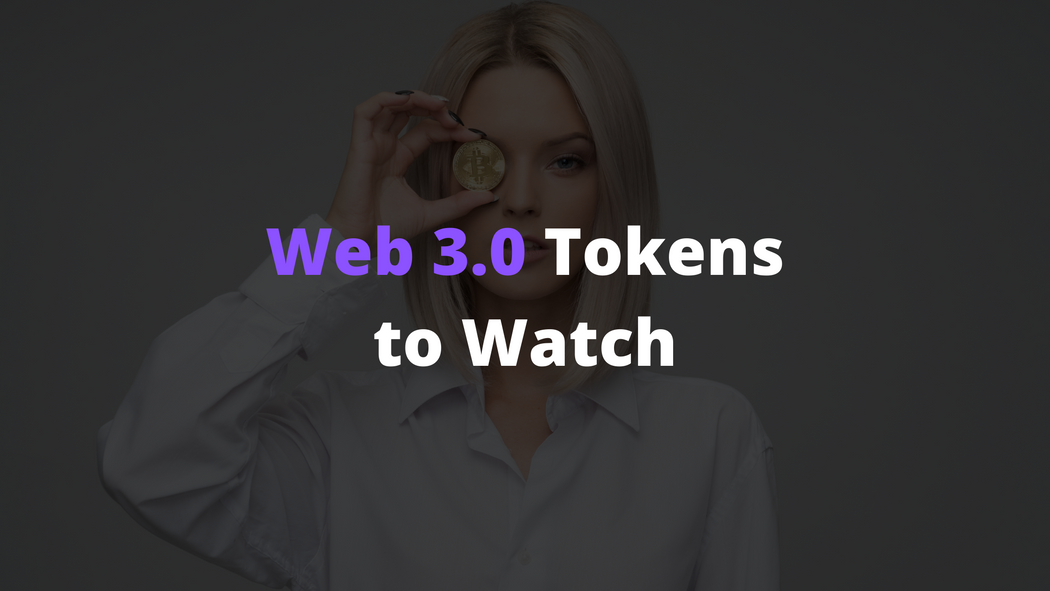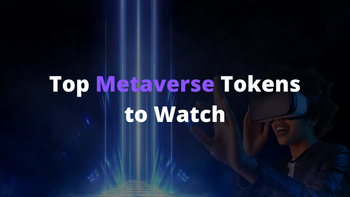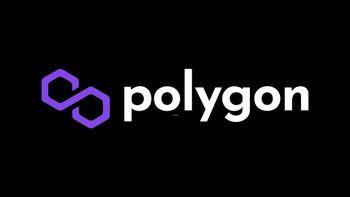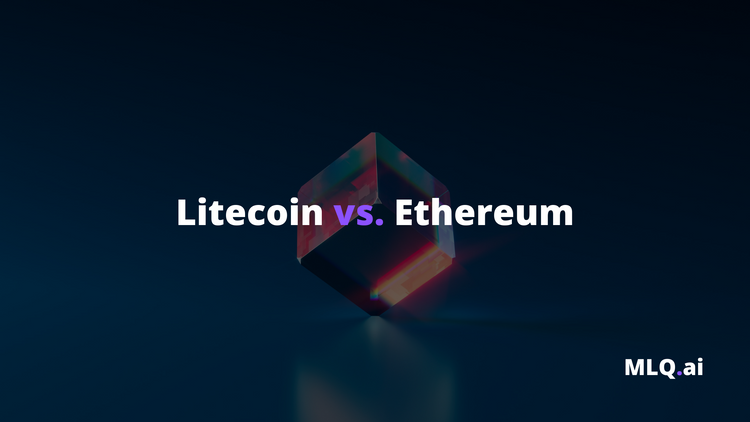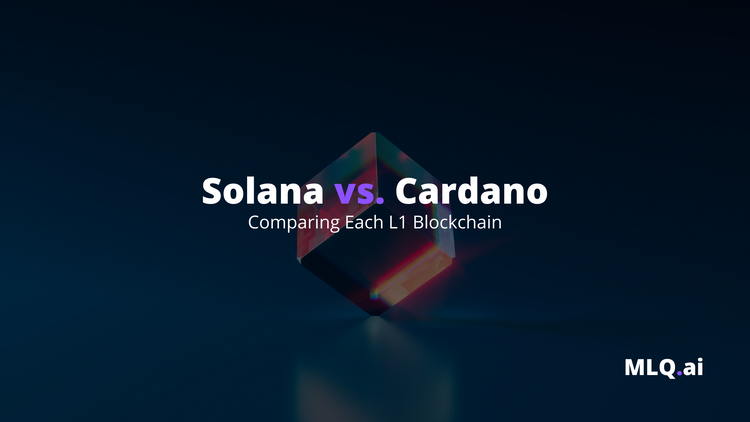What is Web3?
Web3 or Web 3.0 as some people refer to it, is the proposed next generation of the internet that will be built upon blockchain technology.
Wait? Does that mean the internet will be run by cryptocurrencies? Not exactly, but they will form a major part of the financial side of Web3. At this point, you might be wondering what the first two phases of the internet even were.
Web1 took place from the early ’90s into the mid-2000s where webpages were static and the internet was used more as a consumer-facing tool rather than something for creators to build upon.
Web2 is the current iteration where the internet is widely seen as a platform with user engagement. This includes things like social media, blogs, and content creation.
While Web3 is still a ways off from being implemented, it is not a new concept at all. The term was first coined back in 2014 by the founder of Polkadot and co-founder of Ethereum, Gavin Wood. With the recent growth in popularity of cryptocurrencies, decentralized finance, and NFTs, momentum has been building behind the idea. So much so that top Silicon Valley venture capitalists from Andreessen Horowitz visited Washington DC a few months ago to pitch the idea to policymakers.
So how far are we from Web3?
It’s difficult to say, but if it does happen, it will likely be a gradual change over time.
DeFi and cryptocurrencies are starting to gain mainstream attention from major companies, and this is likely the first step towards wide-scale adoption of blockchain technology.
Which cryptocurrencies should you add to your portfolio in anticipation of Web3 coming to fruition? Let’s take a look at the top 20 Web3 projects right now and how they might fit into a crypto portfolio.
Stay up to date with AI
Polkadot (DOT)
It shouldn’t come as any surprise that the biggest crypto project associated with Web3 is Gavin Wood’s own Polkadot network. Polkadot itself is one of the larger crypto projects in general as it currently ranks as the 11th largest market cap in the industry at $18.5 billion, just a shade behind DogeCoin. Many of the tokens on this list will be utility blockchains that serve a functional purpose, rather than just a store of value, like Bitcoin or the aforementioned DogeCoin.
Polkadot links together different blockchains which allows the delivery of data across different networks. Until now, the two largest cryptos Bitcoin and Ethereum could not speak to each other, but now with the Polkadot protocol, they can. Polkadot’s governance token is called Dot and can be used for staking in DeFi pools to gain additional income.
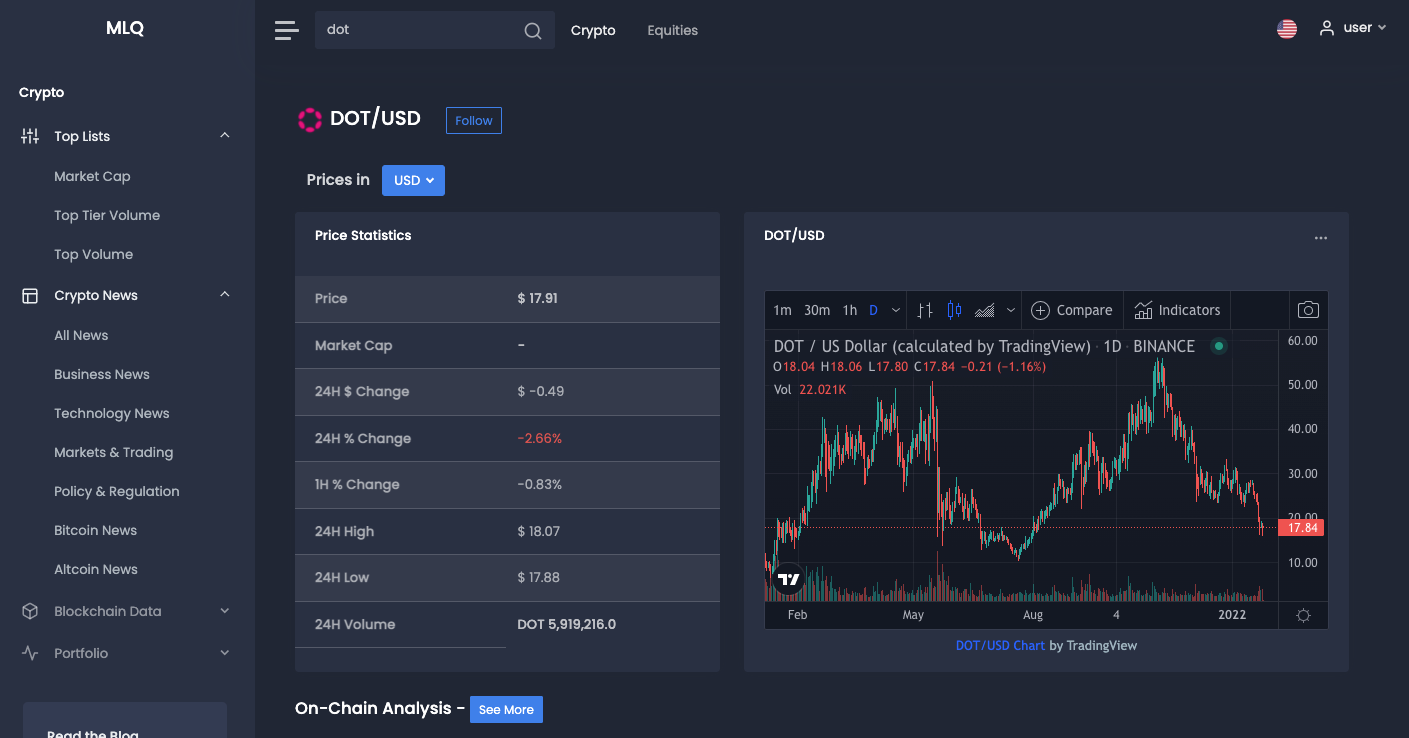
Chainlink (LINK)
Another well-known crypto project, Chainlink ranks as the 22nd largest market cap in the crypto markets with a $7.6 billion cap, nestled in between Litecoin and Uniswap. Chainlink was founded in 2017 by Steve Ellis and Sergey Nazarov as a way to incentivize networks that provide data to the smart contracts that run on top of existing blockchains.
It’s a bit of a muddled definition for those who are new to cryptos, but essentially for smart contracts to perform, they need some access to real-world data. For example, stablecoins need to constantly be in knowledge of the value of the US dollar. Chainlink is the network that can help with this. The token, Link, has had a rough stretch, falling from its 52-week high price of $52.98 USD per token to its current trading levels of about 16.50 USD.
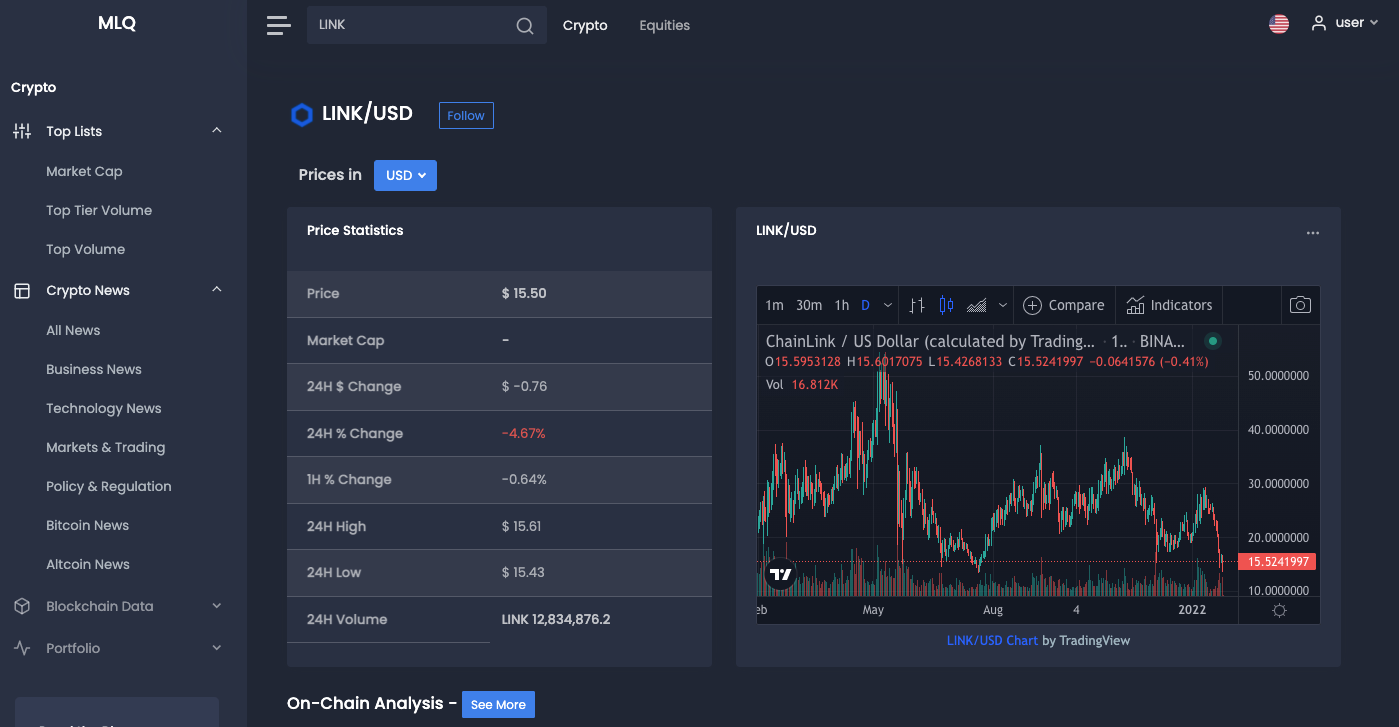
Filecoin (FIL)
Here’s a project that might not have the same brand recognition as Polkadot or Chainlink. As its name suggests, Filecoin is a blockchain project that aims to "store humanity’s most important information".
It was established to allow users to essentially rent out hard drive space that is split all over the world. The decentralized storage is aimed at replacing centralized networks like Apple Cloud, by providing storage on the blockchain that splits the data up into millions of pieces that are saved to different computers around the world. It’s an interesting concept for sure, but Filecoin as a platform and as an investment hasn’t exactly lit the world on fire. It is currently trading at just under $20.00 per FIL, but just last year it was trading for as high as 237.00 per FIL. Such is life in the wild world of cryptocurrencies!
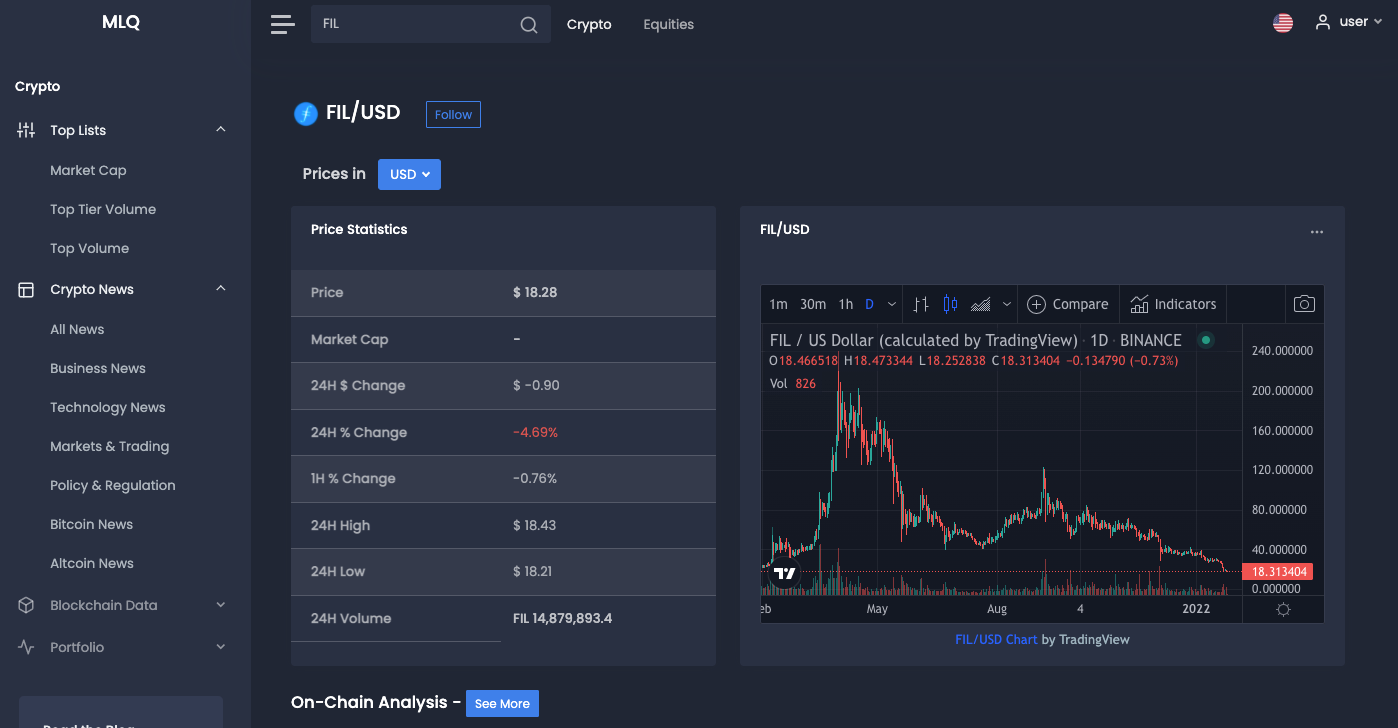
Theta Network (THETA)
Theta Network is a blockchain project that is aiming to provide decentralized video streaming to users around the world. Theta users actually donate spare bandwidth to allow for a crisper and smoother video stream. The project also allows decentralized apps to be built into its open source environment. Theta has bounced around the ideas of converting streamed videos into NFTs to provide compensation to the creator, as well as issuing a new API that users can use to effortlessly post video streams to any website. Creator compensation is an important part of the Web3 concept, so Theta could be an interesting play at its current price of $2.75 per token.
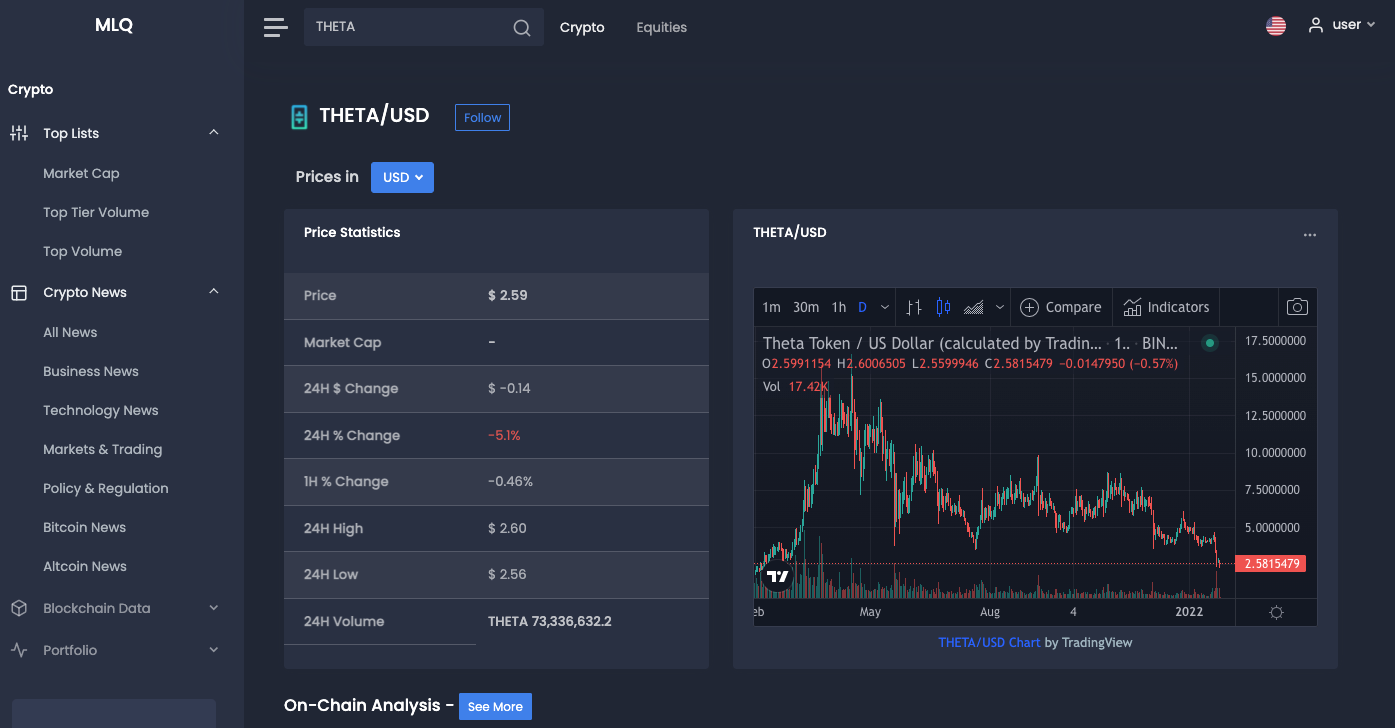
Helium (HNT)
Helium is an interesting blockchain project that is based in the world of the Internet of Things. IoT is a new form of technology that provides connectivity and integration to previously inanimate objects like home appliances and electric vehicles. Helium’s network allows IoT devices to speak to each other through nodes that are called hotspots.
With users providing the hotspots, the Helium network becomes 200 times more reliable than WiFi, and creates a decentralized infrastructure for these IoT devices. As for Helium’s price, HNT traded above $50.00 as recently as November, but has since fallen to its current level of just over 22.00.
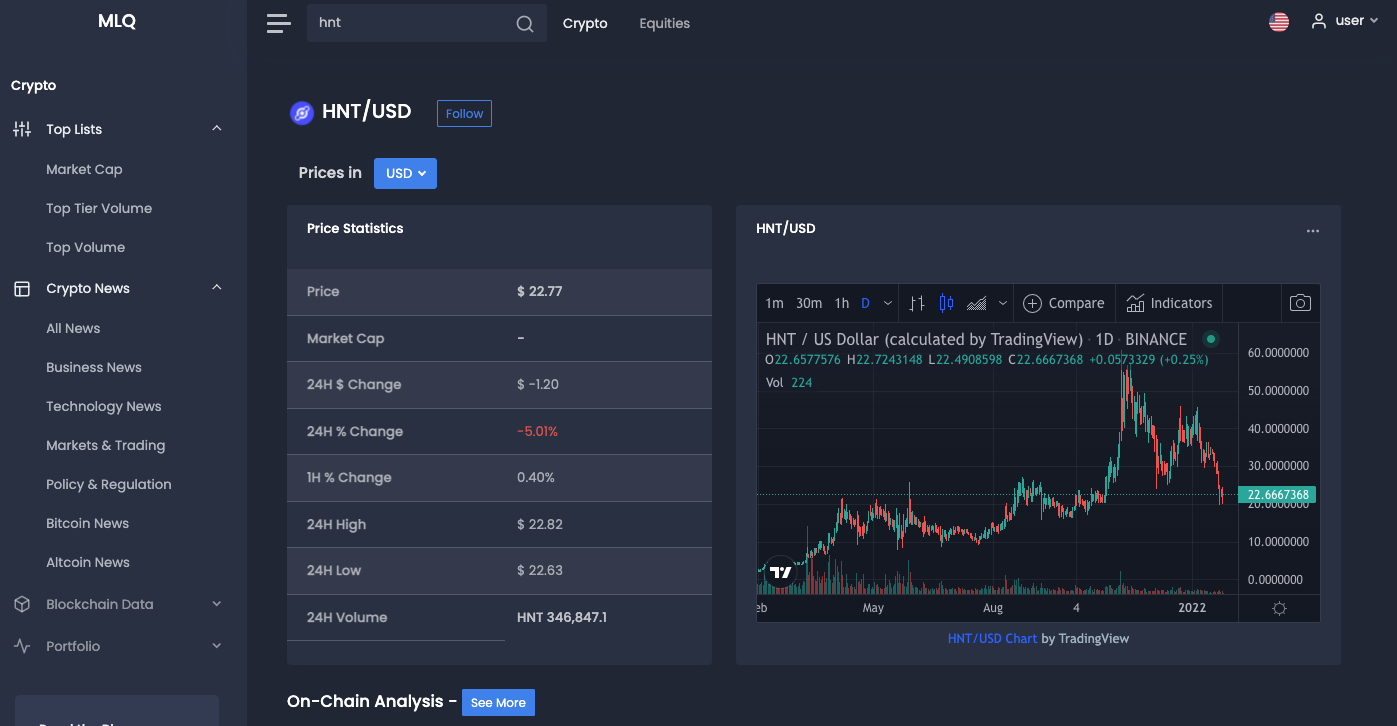
BitTorrent (BTT)
Remember when everyone downloaded music and movies via peer-to-peer file sharing sites? Well, the name of BTT isn’t a happy coincidence. BitTorrent is alive and well in crypto form, as it was purchased by the Tron team in 2019. Tron then put out the BTT token, which incentivizes users who share the files and help to create a worldwide network.
Today, BitTorrent ranks as the 47th largest crypto token by market cap, but trades at less than $0.01 per token. Once Web3 is here, networks like BitTorrent could potentially be responsible for creating massive peer-to-peer file and data sharing communities around the world.
The Graph (GRT)
As you might gather from its name, the Graph is a blockchain network that collects data from decentralized applications to retrieve information for its users. It was originally created in 2018 for the Ethereum network by Yaniv Tal, Jannis Pohlman, and Brandon Ramirez, alongside a team of programmers with a history of creating tools for developers. The Graph team is fully involved in scaling the network in preparation of Web3, where decentralized data retrieval over a global system of user nodes will help with speed and security.
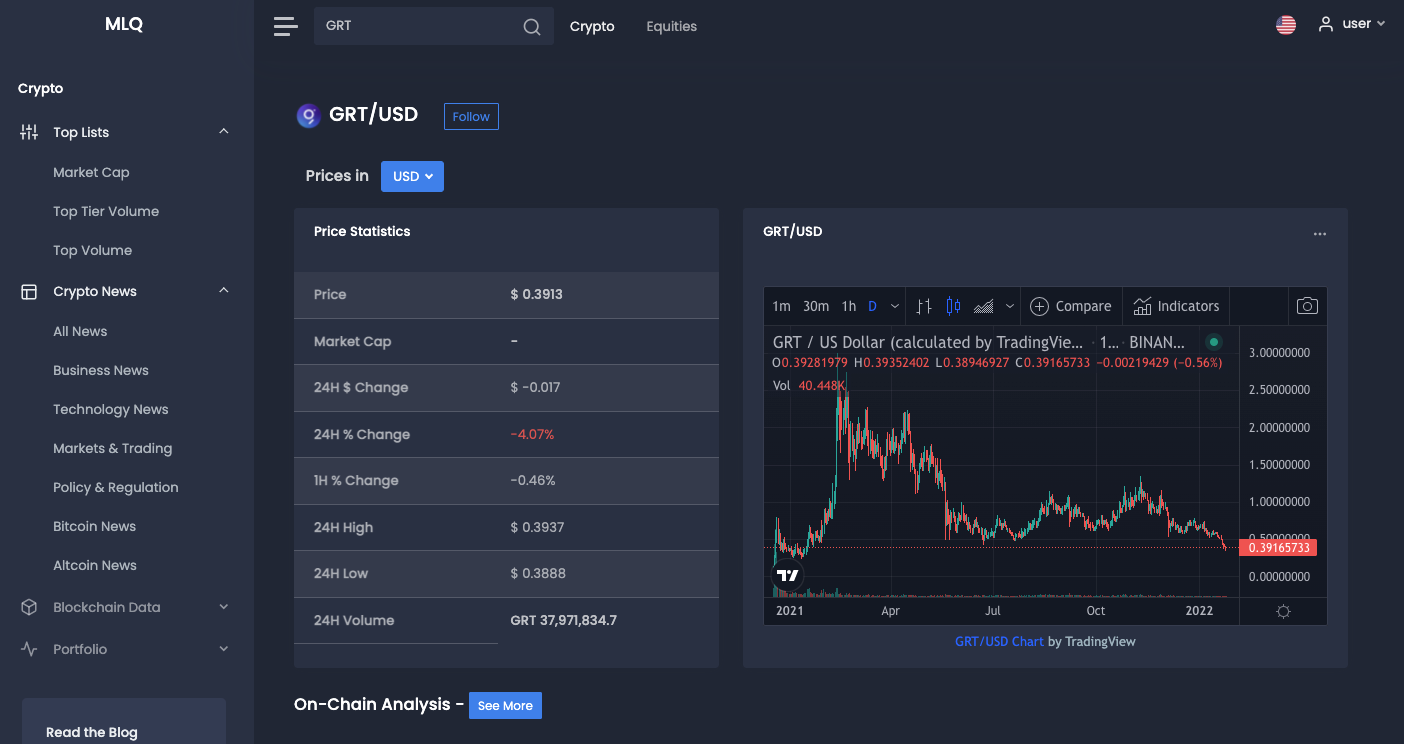
Stacks (STX)
The Stacks blockchain network is a project that brings smart contracts to the Bitcoin network. Bitcoin is the benchmark crypto but in terms of its smart contract capabilities, the network is quite limited.
Enter the Stacks team founded by Muneeb Ali and Ryan Shea way back in 2013. Stacks utilizes a system called Proof of Transfer which differs from Proof of Work and Proof of Stake. Proof of Transfer actually eliminates the need for the team to burn tokens, as any new mined crypto tokens are transferred to existing users. Stacks has become the largest Web3 project on the Bitcoin network, and has already seen over 140,000 NFTs minted, and over 100 BTC worth of tokens transferred to users.
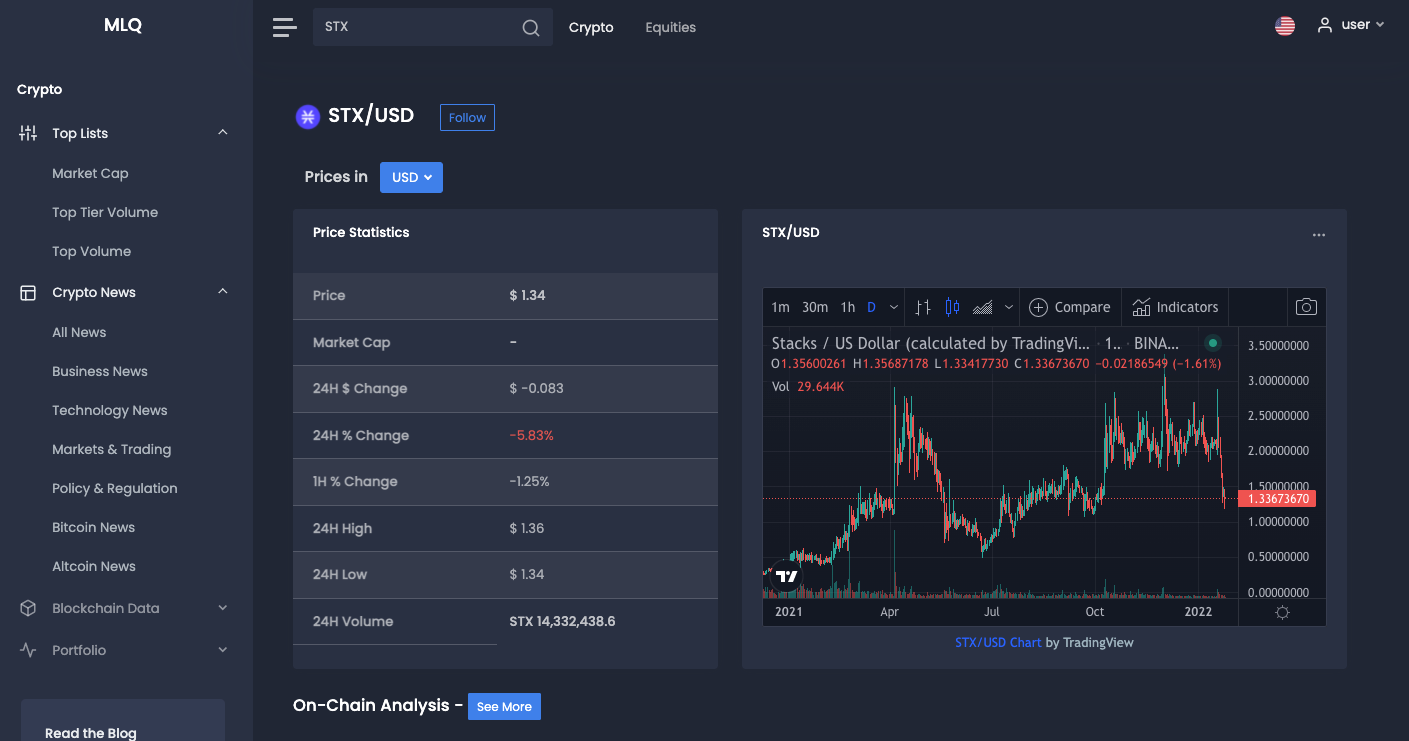
Basic Attention Token (BAT)
In one of the more unique blockchain projects, Basic Attention Token incentivizes advertisement companies to create engaging ads to keep readers’ attention. It is built on the Ethereum network and literally tracks the data behind how long people read ads and how often they click into them on the Brave browser. Using the decentralized network, the BAT team is trying to enhance the efficiency of advertising, and reduce the amount of ads that we are inundated with. In Web3, as we move away from the control of big tech companies, it will be interesting to see if projects like BAT will become the norm in the digital advertising space.
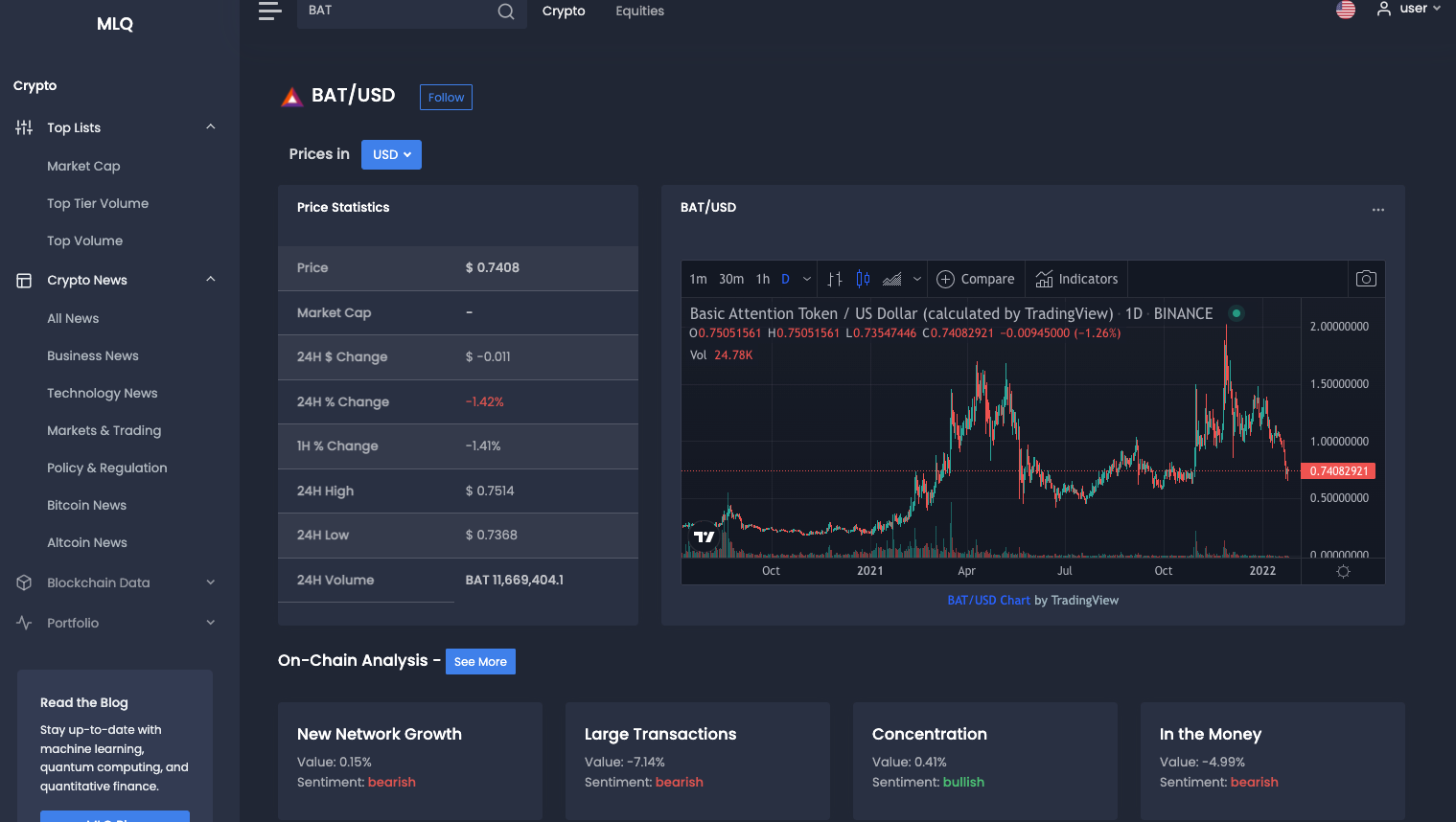
Arweave (AR)
Arweave is a groundbreaking technology that has provided the first decentralized instance of blockweave storage. This is a type of permanent data storage on the blockchain, using a peer to peer network. For consumers, this won’t seem like a big deal but for developers it makes things a lot easier to access over and over again. There also aren’t any recurring fees like you would pay to a cloud storage service like with AWS or Apple. As for Web3, Arweave has openly stated that it wants to develop a new type of internet where data is permanently stored and not reliant on things like hosting fees.
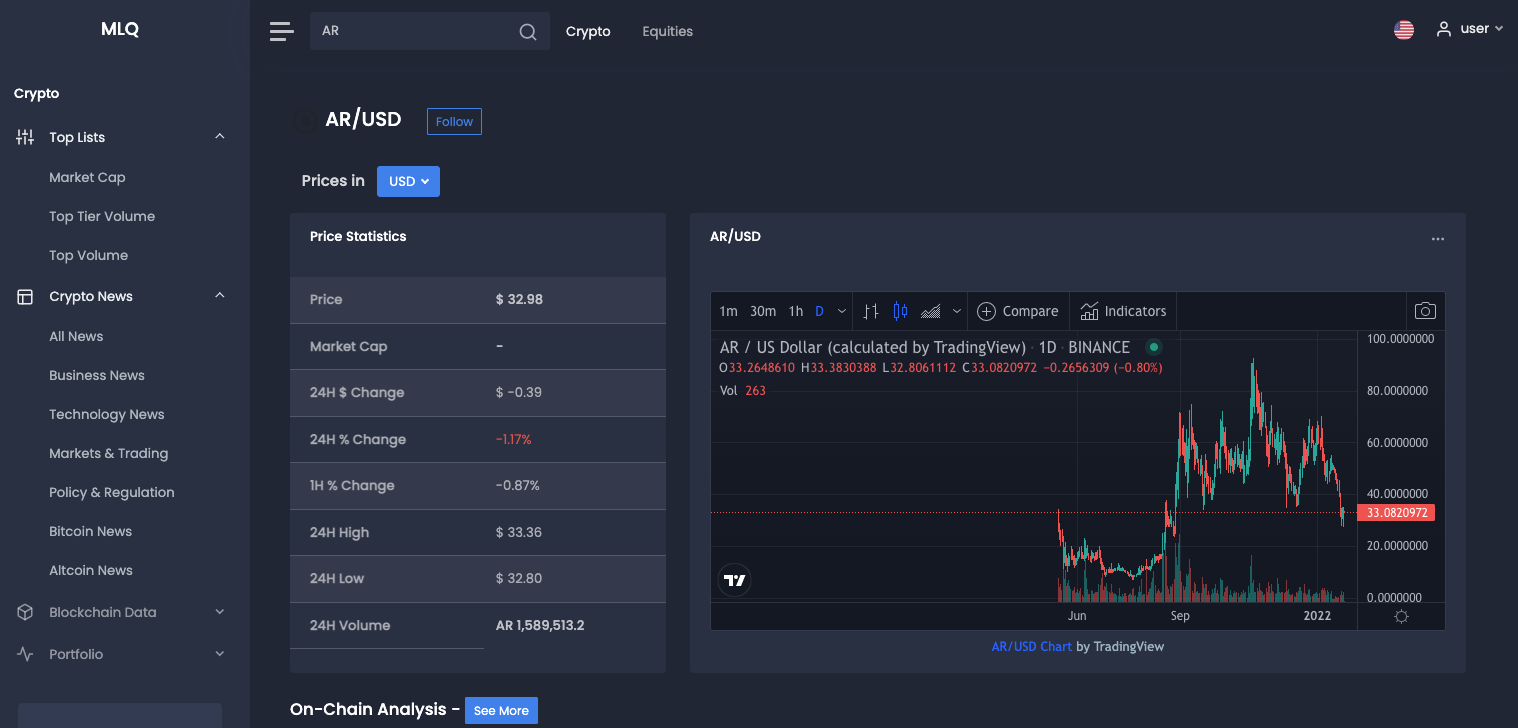
LivePeer (LPT)
LivePeer is very similar in concept to the Theta Network in that it is attempting to decentralize the video streaming industry. It is built upon the Ethereum network and was founded back in 2017 by Eric Tang and Doug Petkanics. But rather than providing bandwidth to stream videos like Theta, LivePeer is looking to decentralize the video transcoding market. This means the raw video footage needs to be converted into specific file formats to be plated and shared on different devices. Basically, developers will be able to add in any live stream or video on demand stream to any site or media offering. Video streaming accounts for a bulk of the world’s internet usage, and it will be an industry worth watching as projects work towards decentralizing it for everyone to use.
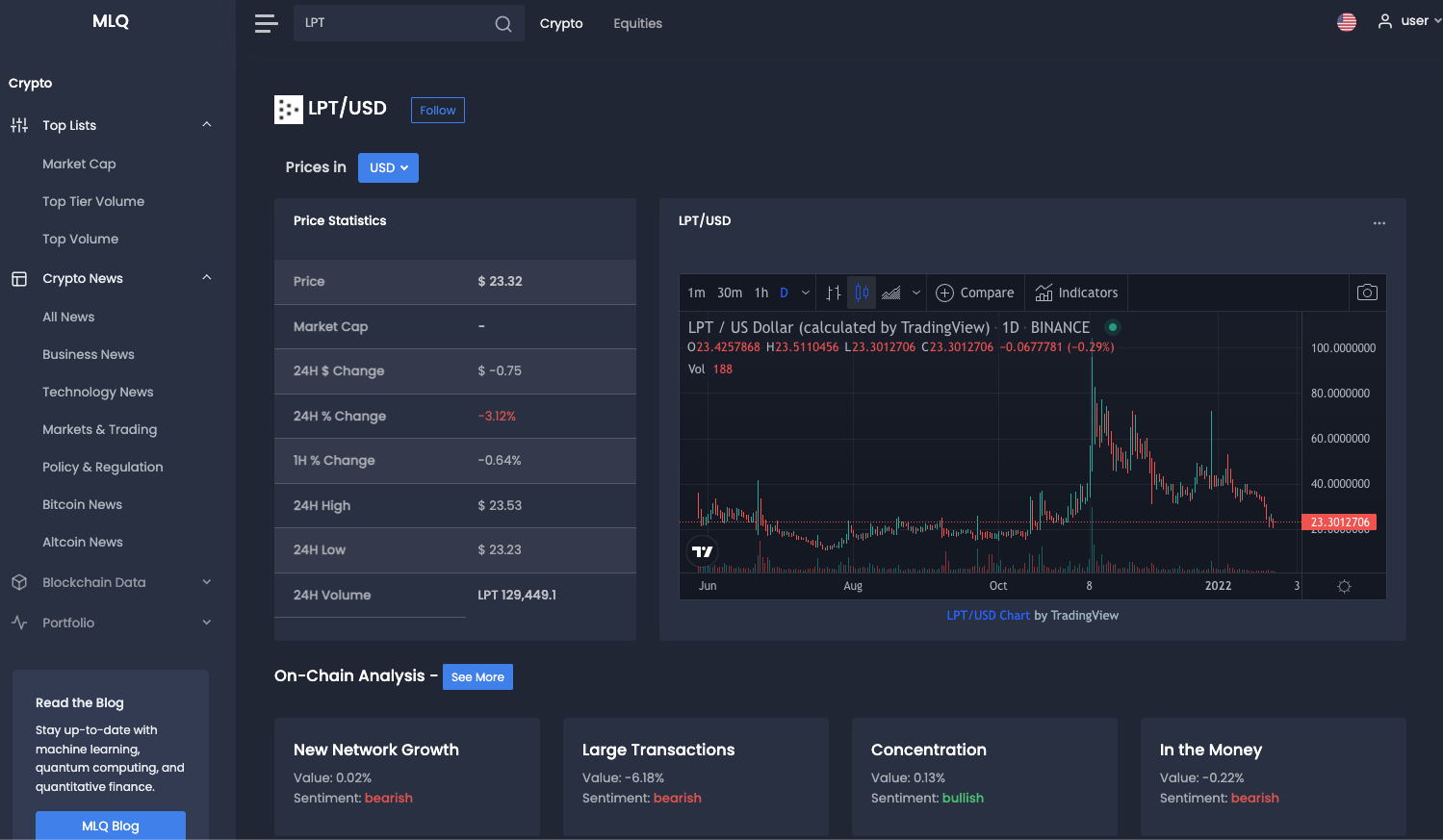
Siacoin (SC)
Siacoin is yet another datasharing blockchain project that is often called the "Airbnb of hard drives". By that nickname, you can see that Siacoin is attempting to utilize unused hard drive space on people’s computers. It is a similar process as any cloud storage provider, but Siacoin is decentralized and wants to create this system without the help of big tech companies. Siacoin has a similar system as torrents and other peer-to-peer file sharing programs have: each piece of data is sliced into millions of pieces and stored across the entire Siacoin network of hard drives. The concept behind Siacoin originated way back in 2013 by David Vorick and Luke Champine.
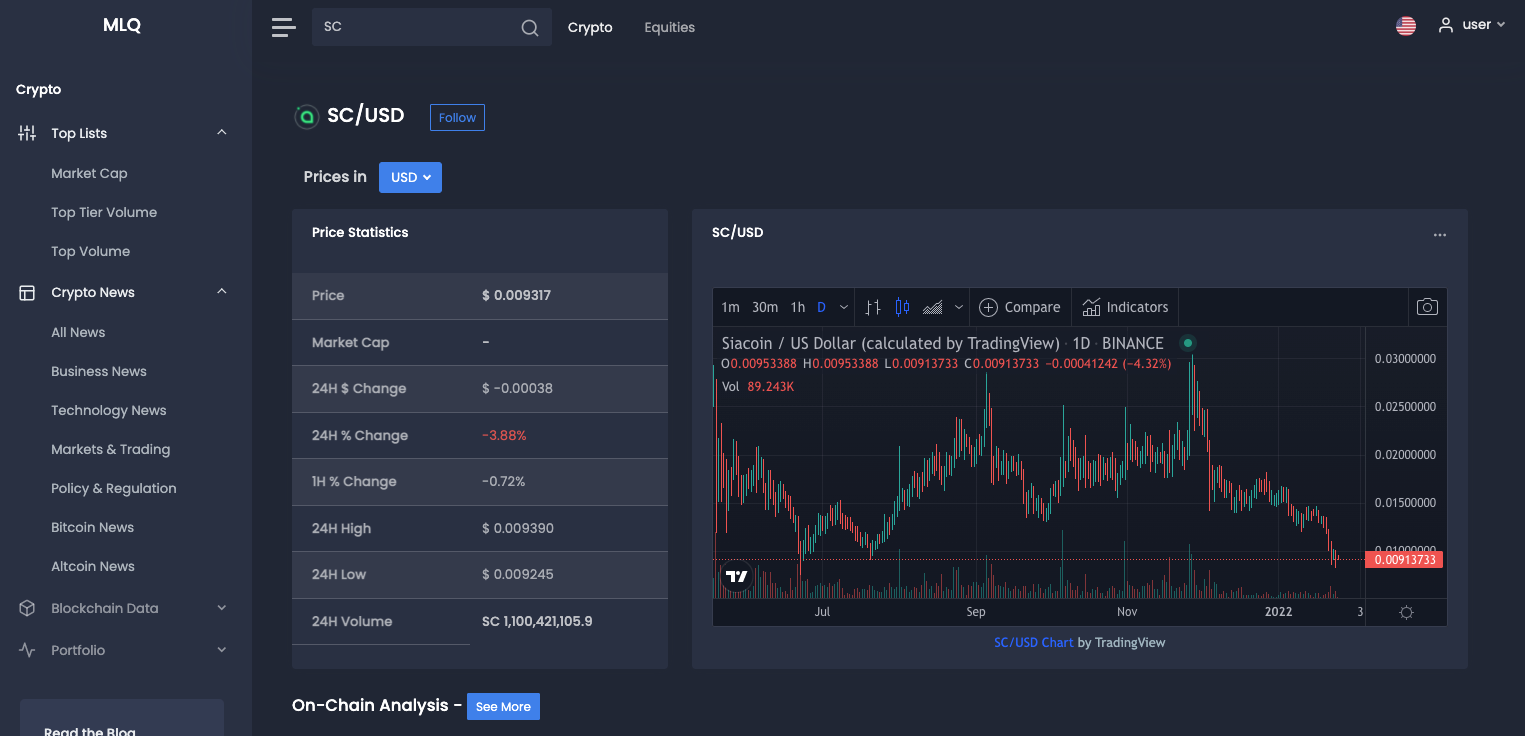
Audius (AUDIO)
We’ve seen a few blockchain projects that are dedicated to video streaming, but what about for the audiophiles out there? Well, Audius has you covered by creating a decentralized music streaming service. It is one of the first music streaming services that is paying the artists 100% for each time their music is played.
Audius artists will be paid in the native token, Audio, which is currently trading for less than $1.00 USD. With over 400 million streaming subscribers in the world, it’s clear that it is an industry that does need some decentralizing. Web3 is all about rewarding and owning your work, so Audius could be an interesting play on the creator industry moving forward.
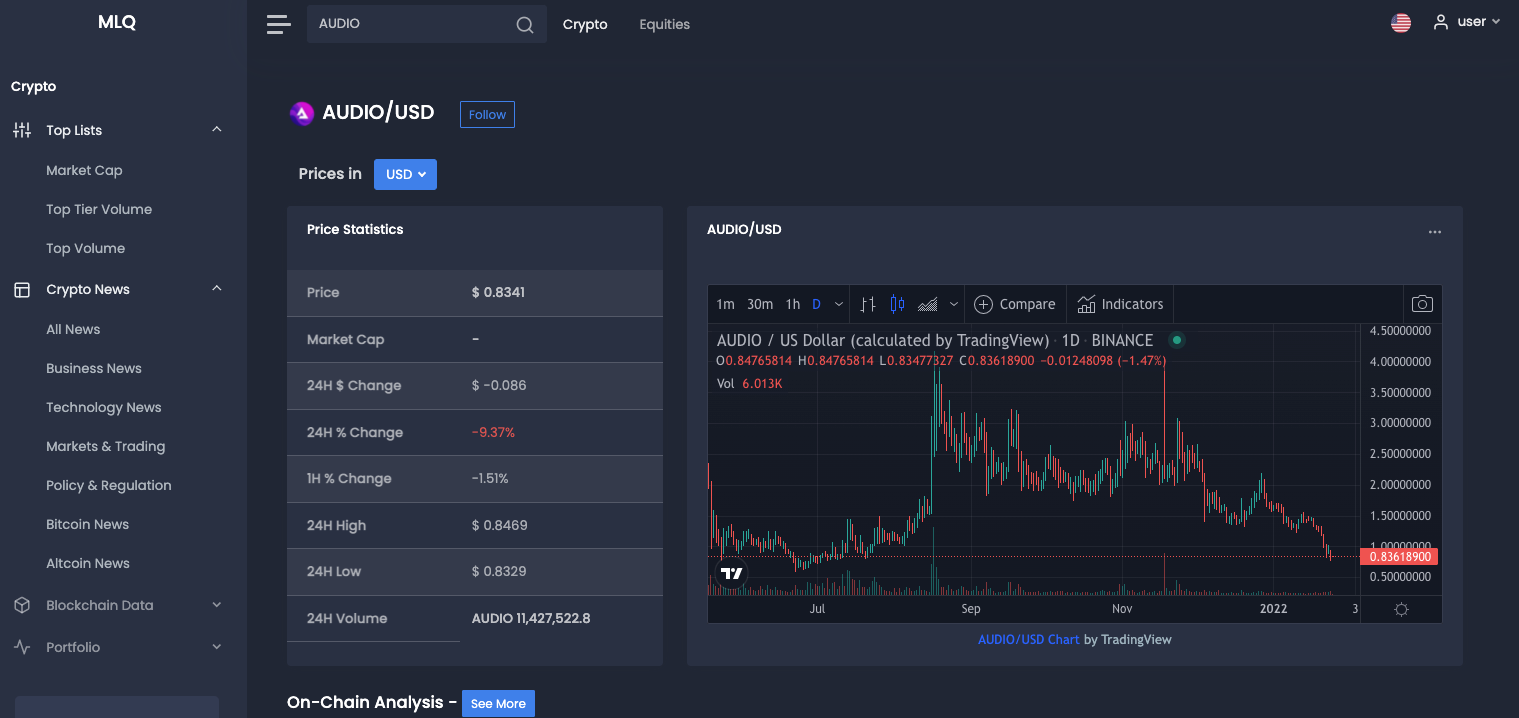
Nervos Network (CKB)
Here is an interesting project to watch, especially as we head into the development of Web3. Nervos Network creates applications that can easily operate against different blockchains. Nervos is also helping to make a universal system that does not require users to make translations in different wallets across different networks. It is creating an entirely decentralized application system that utilizes cross-chain efficiency in a seamless manner.
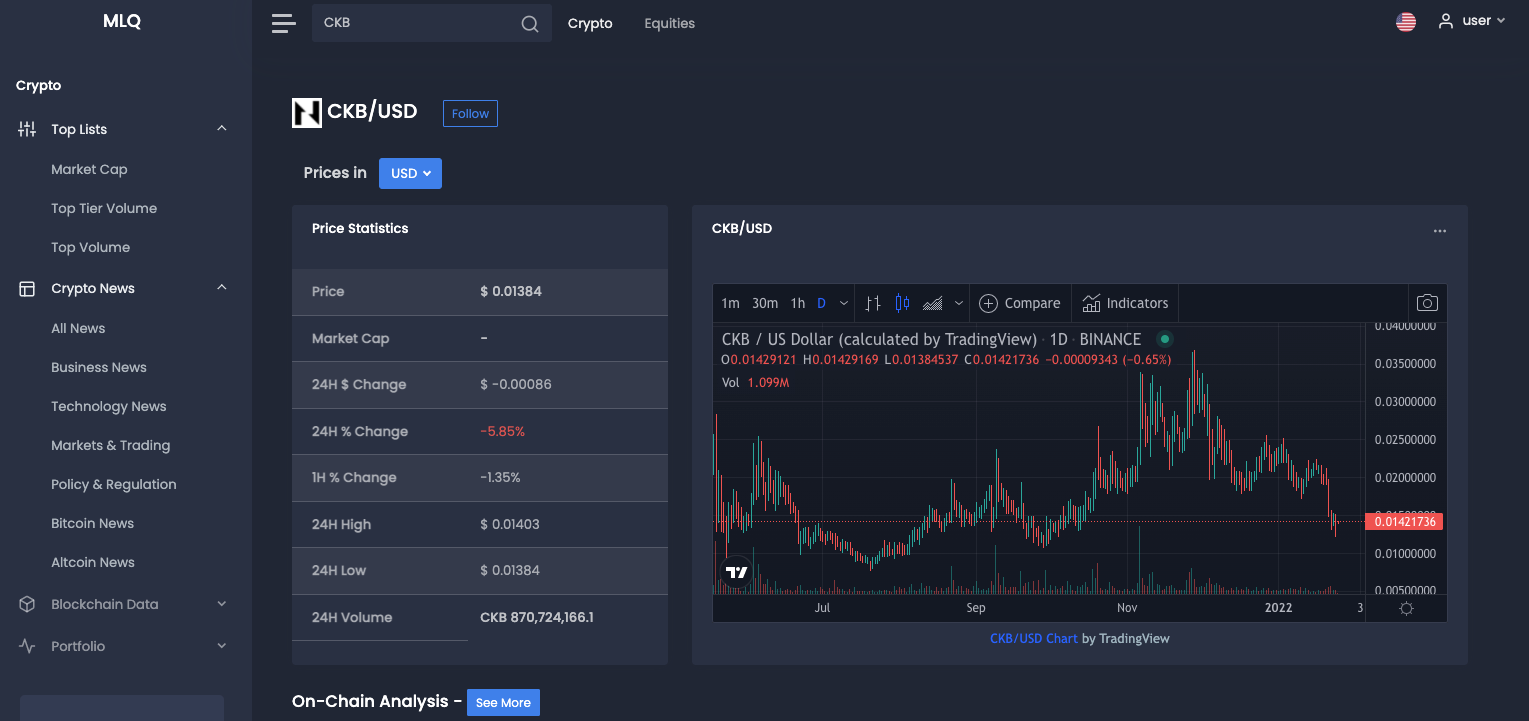
Ontology (ONT)
Ontology is a decentralized blockchain platform that specializes in identity and data recognition. Ontology wants to implement blockchain technology at every business, allowing for an easy way to integrate the speed and security of the blockchain into the enterprise software platforms. There are currently over 100 different decentralized applications on the Ontology mainnet which makes this a prime project to work on the development of Web3. As a decentralized internet scales, we are going to need additional programs and applications that scale across different blockchain networks.
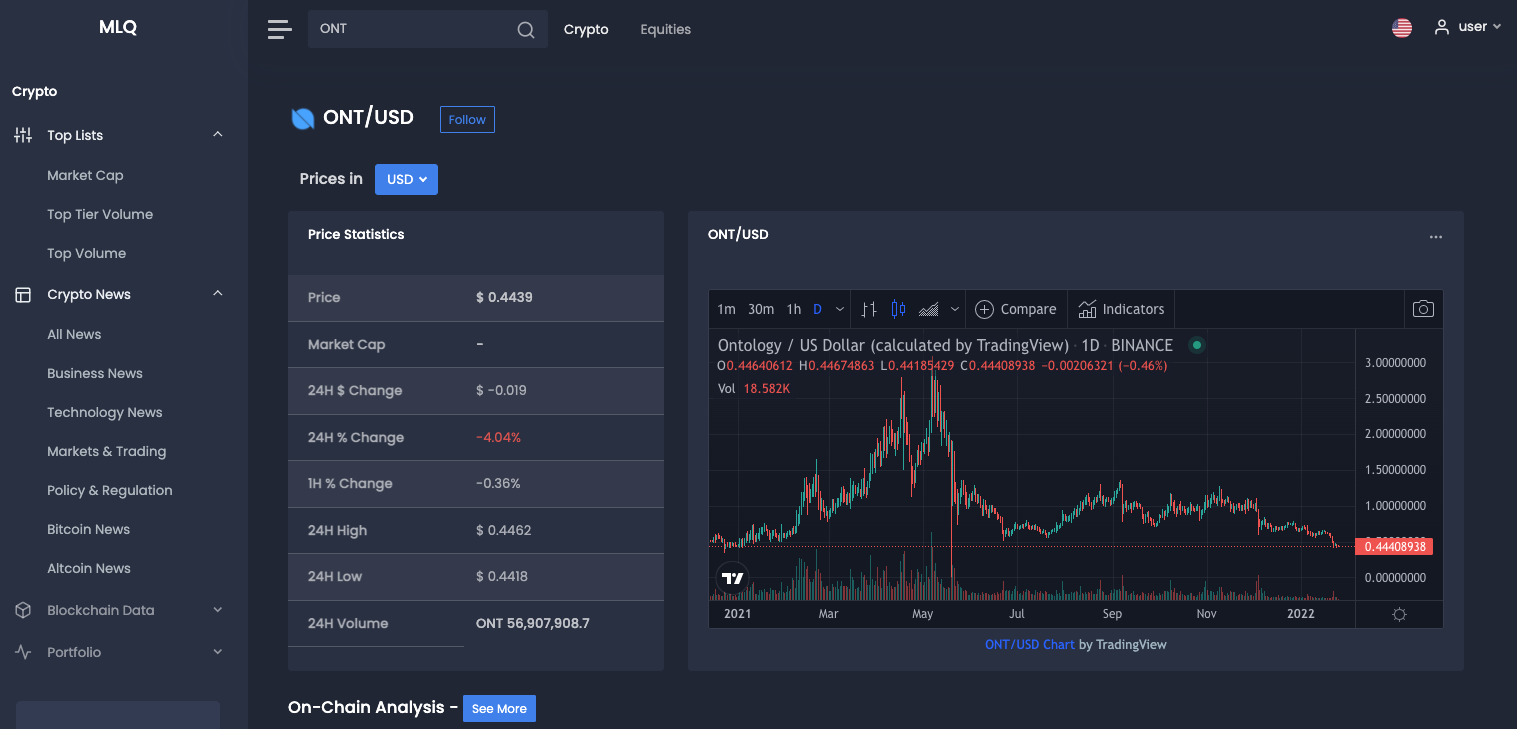
Ocean Protocol (OCEAN)
The Ocean Protocol is a fascinating project that helps users get acknowledged and protected for their work. Essentially, the Ocean Protocol is trying to be able to provide valuable data and information to others, without it ever leaving the hands of the creator or those who hold the information.
The Ocean Protocol currently trades for just under $0.60 per token, and may potentially be a key contributor to Web3 where verified creators are rewarded for providing their data to others over the decentralized network.
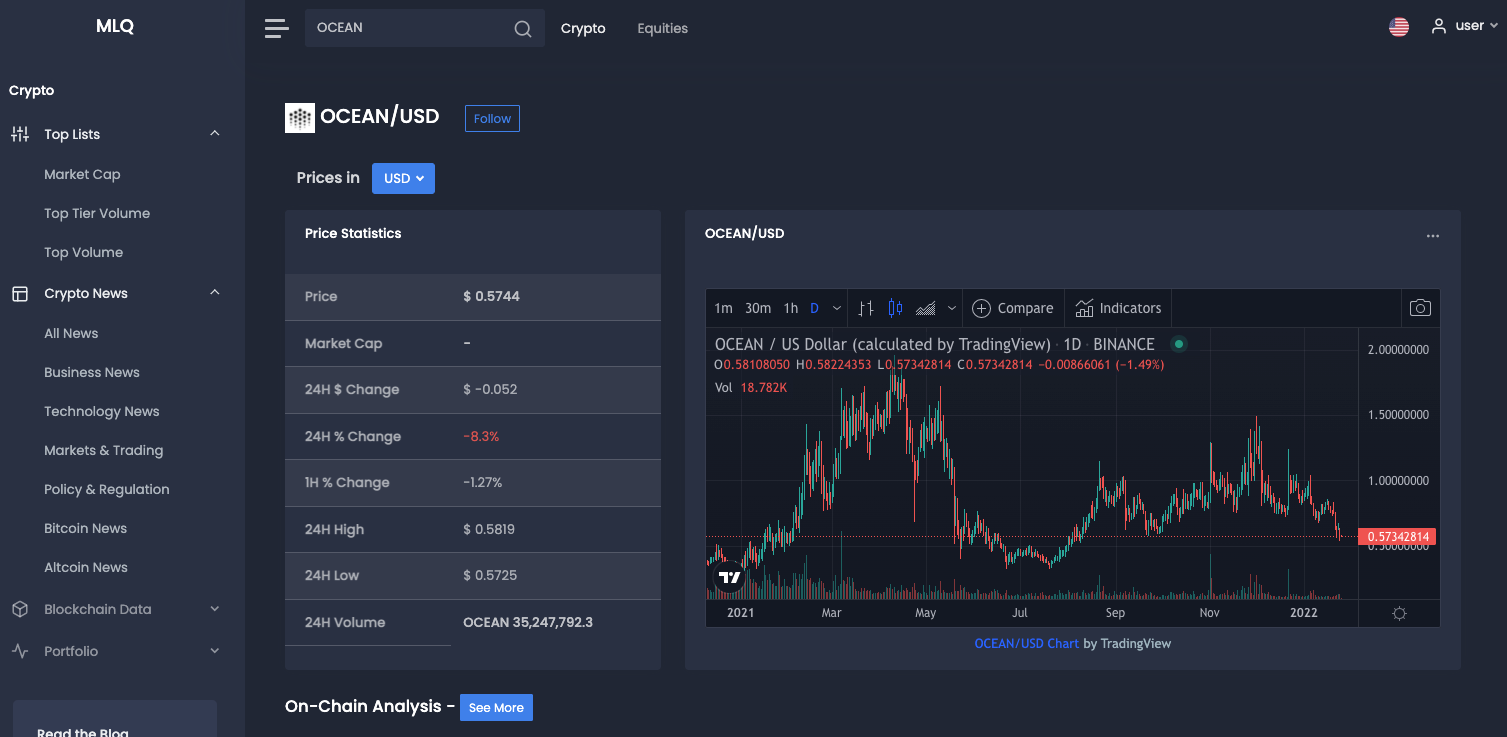
Storj (STORJ)
Not surprisingly, a blockchain network called Storj is a crypto-based cloud storage platform. It is a direct competitor to other cloud storage companies like Amazon, but instead of paying a company, it is a part of a broader decentralized network which eliminates the middleman.
The STORJ token is widely used on the network to pay others to store their data. Storj was originally founded back in 2014 by Shawn Wilkinson and John Quinn and has been on the Ethereum network since 2017.
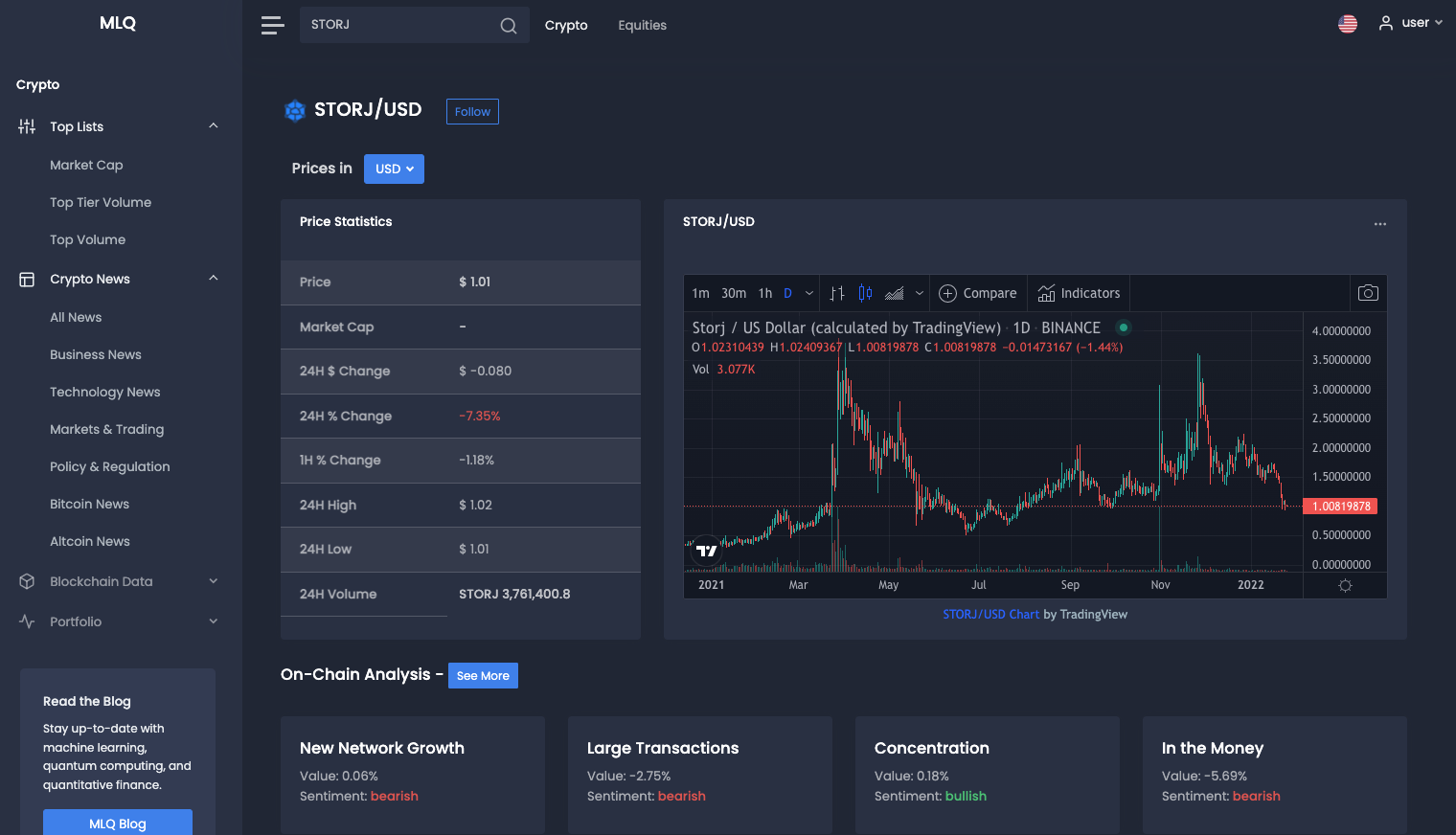
Flux (FLUX)
Yet another crypto-powered cloud platform, Flux is a project that helps facilitate decentralized cloud infrastructure. Unlike Storj which is focused on cloud storage, Flux is more like an AWS on the blockchain. In this way, Flux is a tool, or as it refers to itself, an enabler of other blockchain projects. As we move towards Web3 implementation, it will be blockchains like Flux which will be helping to create the new decentralized applications for global usage. Flux trades at just over $1.40 per token and is the 139th largest crypto project in the world.
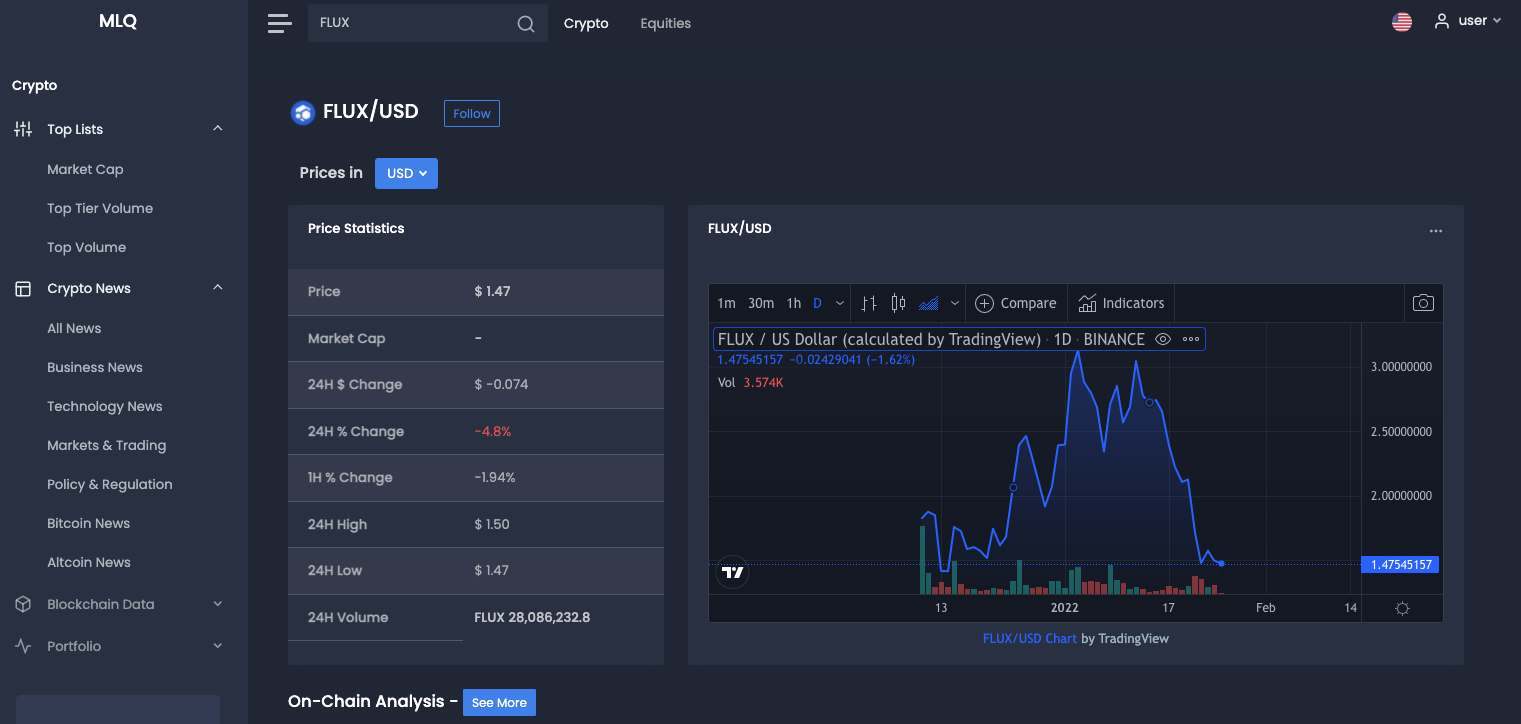
Hive (HIVE)
Hive is already boasting that it is the blockchain that was built for Web3 development. It is in essence a decentralized information-sharing network. Hive is able to store a large amount of content data and tie that into time-based monetary rewards for the creators. Hive boasts lightning-fast transaction speeds and a great framework for scalability. Hive already has several Web3 decentralized apps on the market and over 126 different decentralized apps already available to users. At less than $1.00 USD per HIVE token, it is certainly one to watch as we evolve into a Web3 world.
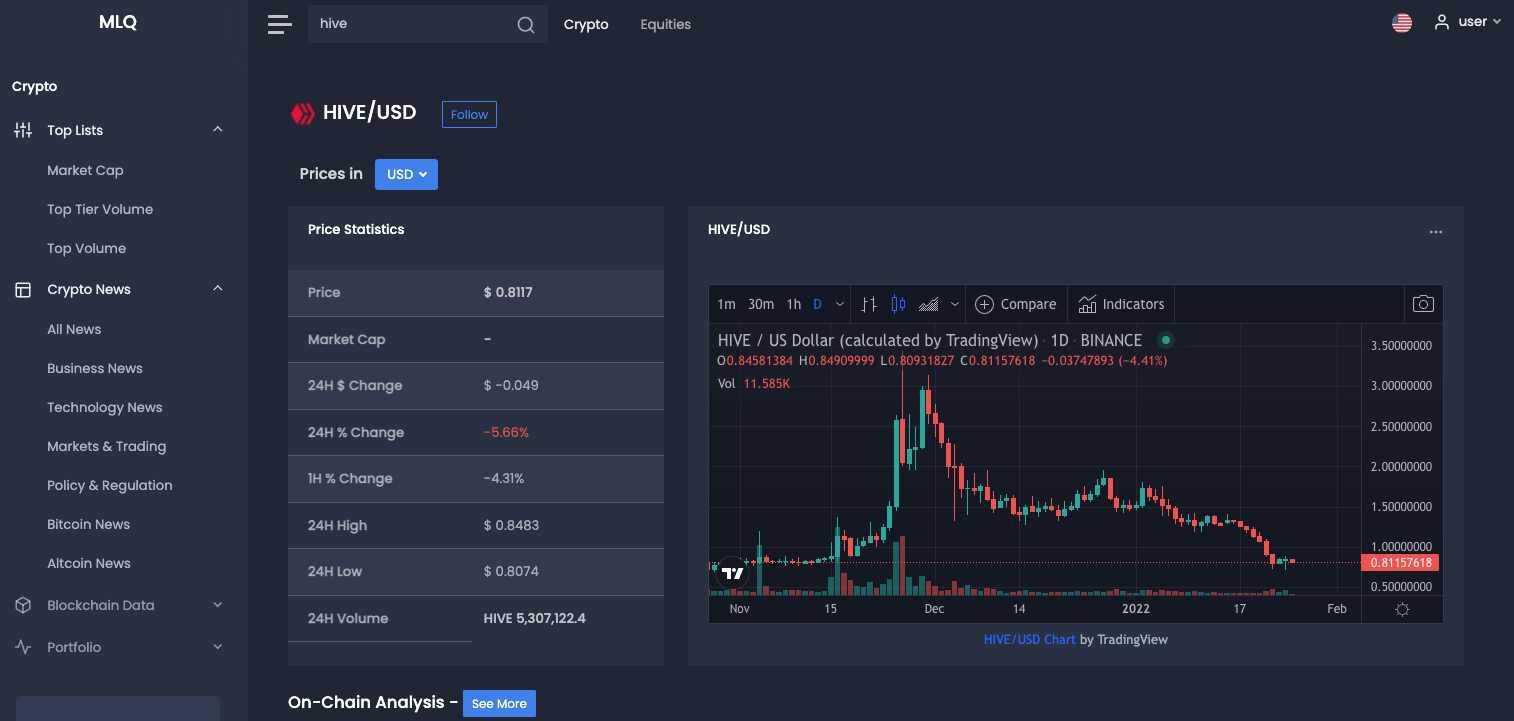
Golem (GLM)
The Golem network is one that is used to create markets where new decentralized apps and programs are able to be funded. It is actually a pretty similar concept to Siacoin, but Golem chose to build the network on Ethereum. Rather than drive space, Golem allows users to rent out unused processing power to others who need it for their projects. Golem is only trading at about $0.30 right now, but these utility type projects will prove to be vital to creating decentralized applications in Web3.
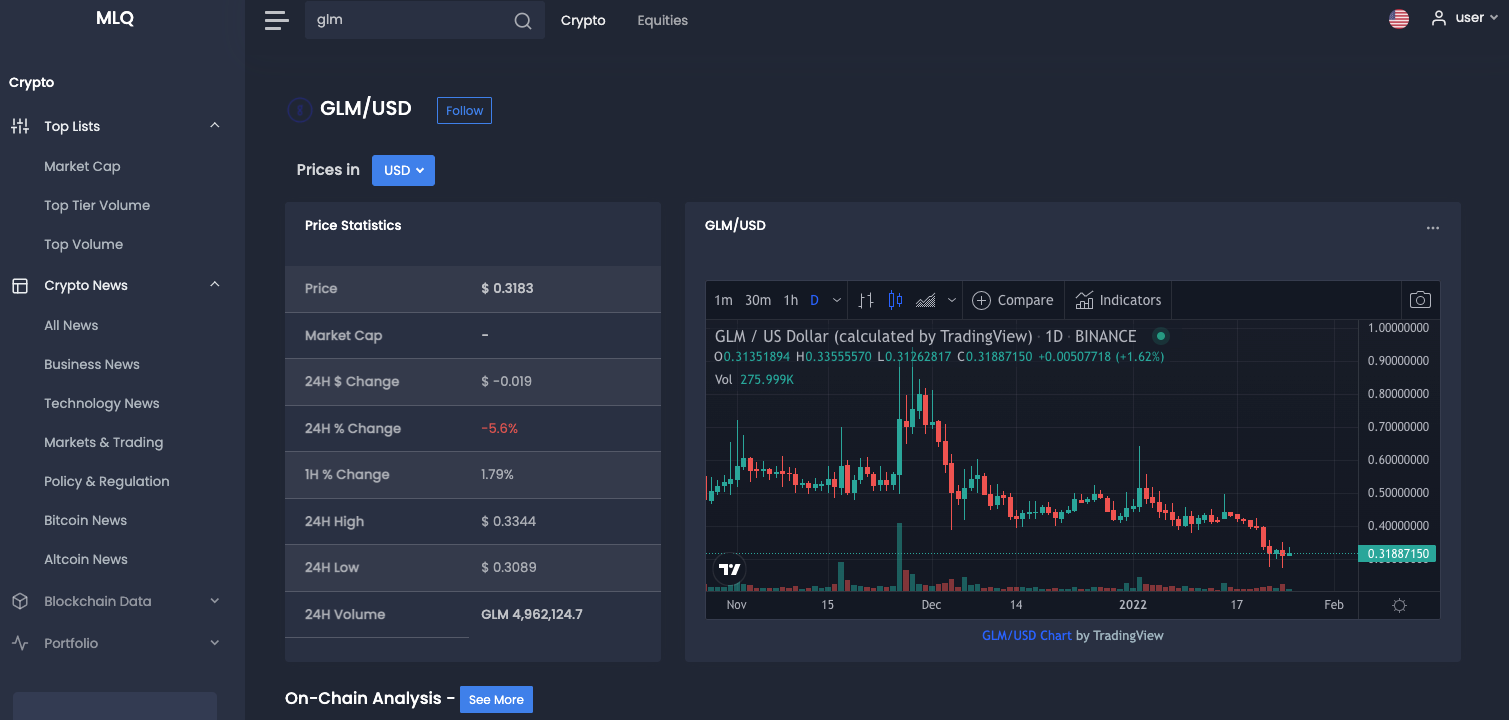
That's it for our list of the top 20 Web3 tokens to watch. We'll be sure to keep this list updated as new, up-and-coming tokens enter the space.

